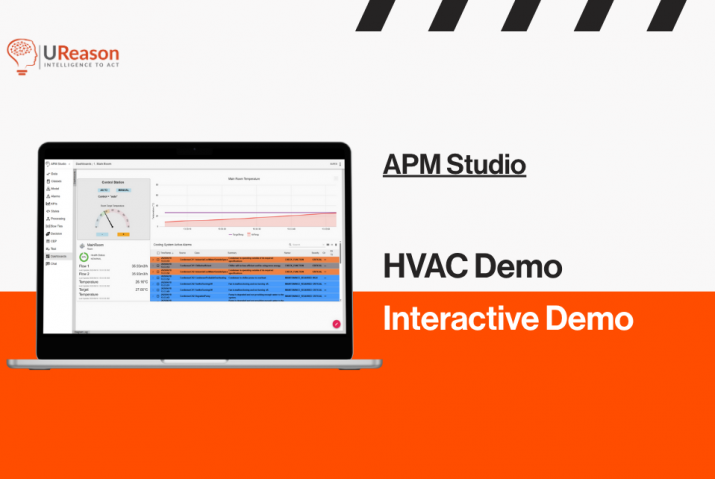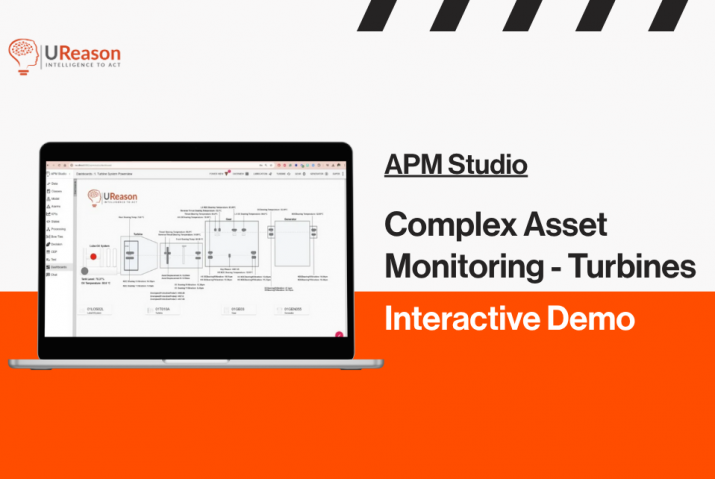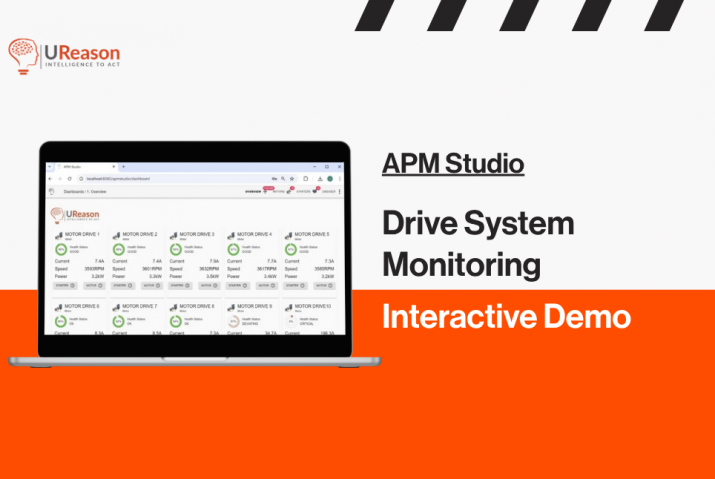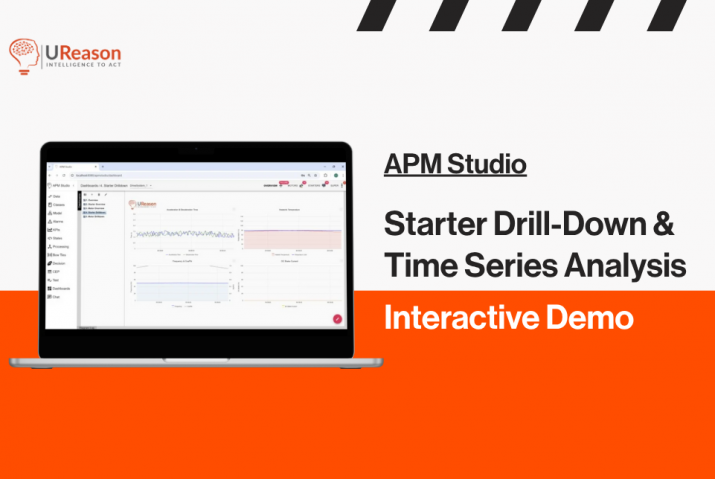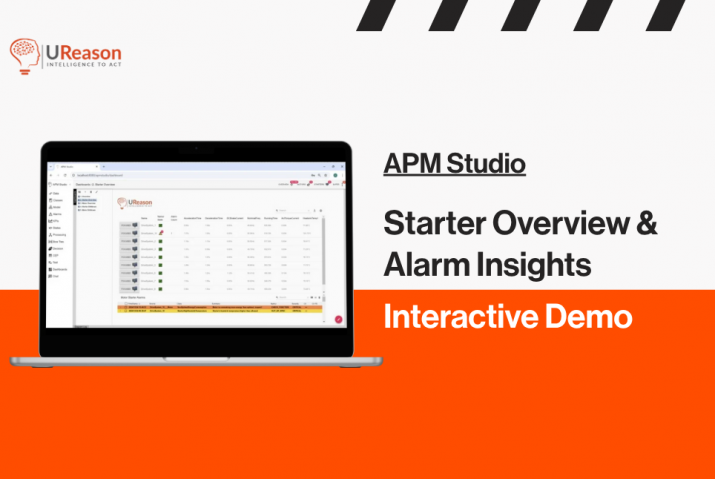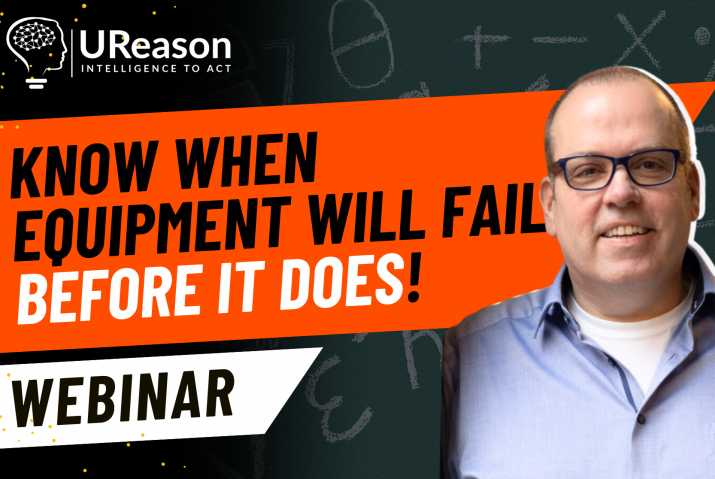Once upon a time, people in the process industries had time, and enough people, to be able to be on close personal terms with the instruments and final control elements on their plants. Maintenance staff and outside operators spent most of their time walking around the plant and often just listened to the sounds of the machinery as the plant runs. A properly running plant makes the same sounds all the time. A new sound, a different sound, may very well indicate a problem. That’s what the maintenance and operations staff knew. Many of them could detect and diagnose a problem before a failure happened, simply by listening.
But it all came apart in the past few years. The older operators and maintenance technicians either have retired or are retiring soon. Layoffs have further reduced the number of employees at many plants. Even if the plant could hire new operators, the new hires just don’t have the “situational awareness” that the older operators had because they grew up with the plant, not the control systems.
So what happens is that, aside from critical service and safety instrumented systems, valves and final control elements aren’t regularly inspected. Many valves are only tested by partial stroke testing which doesn’t always indicate problems, and which don’t usually help produce future control valve maintenance suggestions. Nobody walks around just listening to the control valves and other plant assets. This means that failures happen without warning, and when critical service control valves fail, the plant shuts down. Plant shutdowns are costly in terms of lost production, but also in the extensive repairs that must be done when a plant shuts down without a warning.
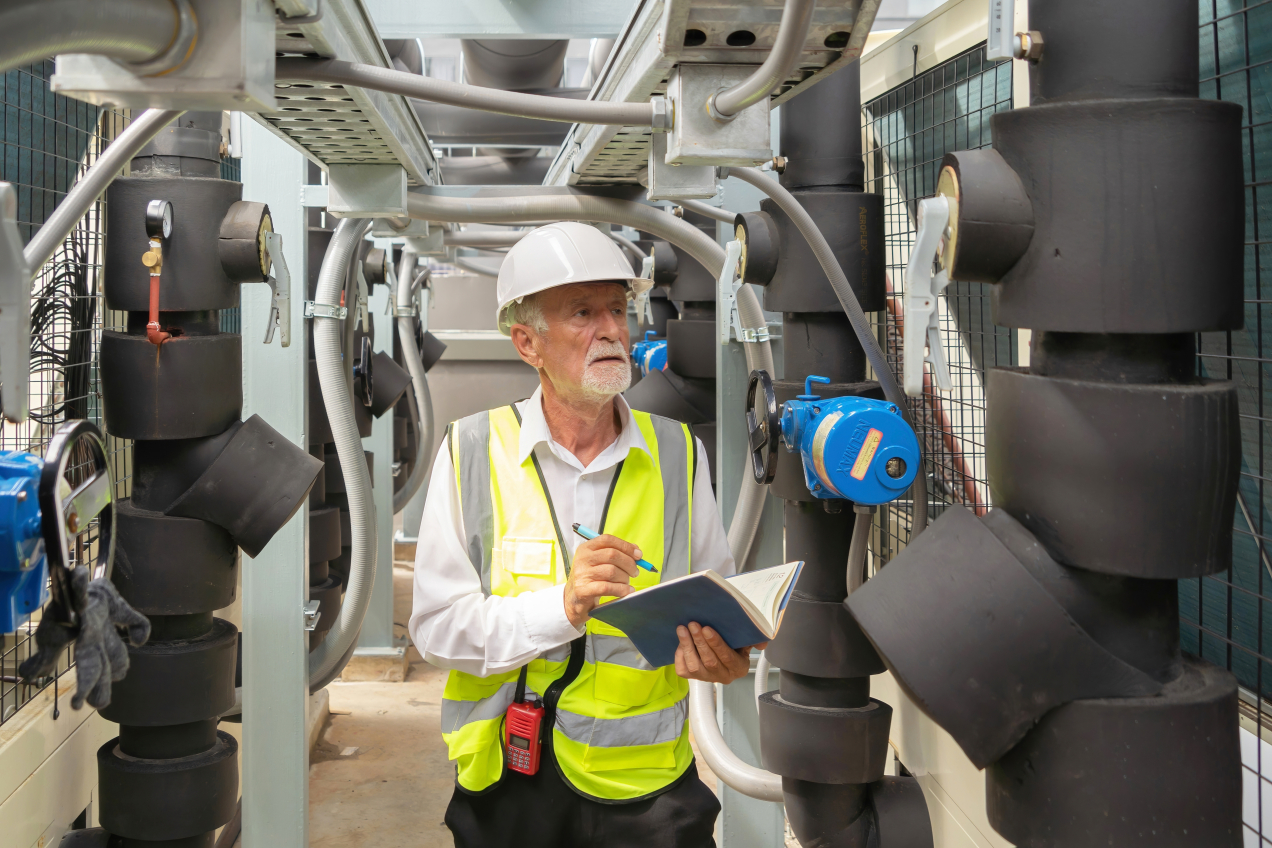
In order to deal with this problem, companies have invested in extensive CMMS maintenance management systems and more recently APM software. CMMS systems depend on the input from maintenance technicians and reports from the process control system. The most important thing that CMMS systems do NOT tell you is the “remaining useful life” of the control valve or actuator. And that is what you really want to know.
Your valves and actuators will tell you that. Just like they did when people walked around listening to them. And there is something you can use to listen to them without hiring back all your retirees.
It is UReason’s Control Valve App (CVA)—a simple app that will take the data you already have and use it in an AI-based analysis engine for control valve diagnostics to tell you which control valves will fail soon and when they fail. The Control Valve App can be used as a stand-alone application or integrated into exiting APM software.
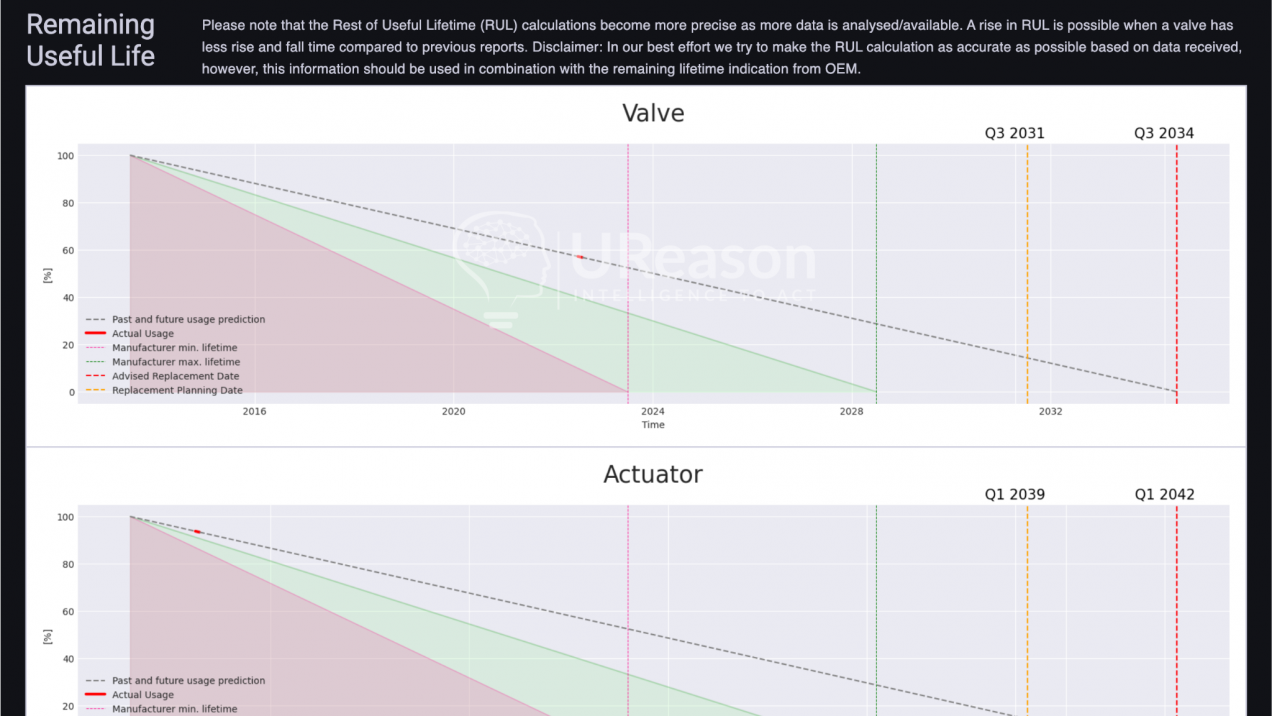
UReason’s Control Valve App is based on UReason’s extensive expertise in valves, actuators, and control valve maintenance. UReason has compiled a huge library of valves, compressors, motors, drives, fans, turbines and other devices and their failure modes. The Control Valve App uses intelligent models that combine domain knowledge and artificial intelligence (AI) to provide immediate detailed control valve diagnostics and recommendations for the control valve maintenance.
In the basic app, a PDF report is the output, while the premium version can have an online dashboard and provide job orders in the maintenance management system (CMMS) of the plant. You can use UReason’s intelligence in a single application, like the Control Valve App, or in an enterprise version, UReason’s APM software platform to manage all of your process and all your varied types of assets.
The Control Valve App will allow you to switch from reactive control valve maintenance to data-driven prescriptive control valve maintenance. It will reduce unplanned repairs, and even better, it will help you postpone significant replacements, based on the actual remaining useful lifetime and detailed control valve diagnostics information.
Download Control Valve App brochure
If you want to see how the CVA works, and how you can best use it, you can download a brochure here.

